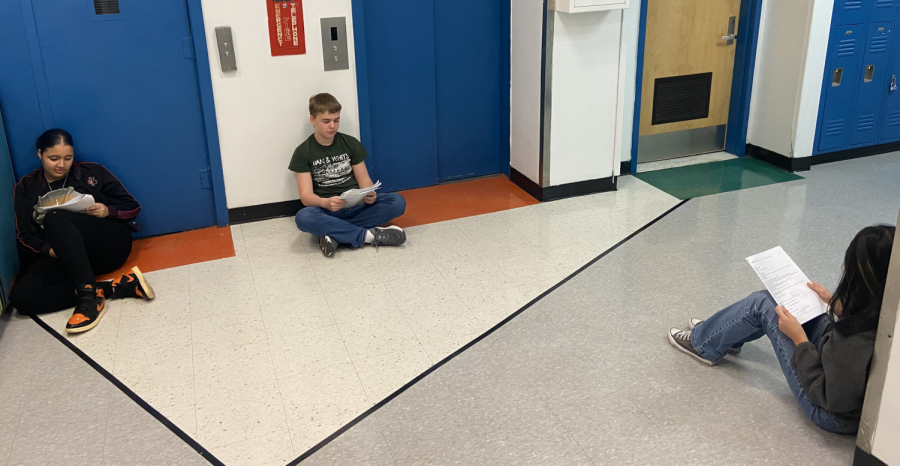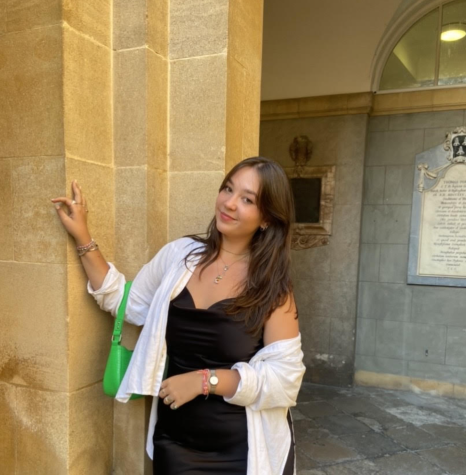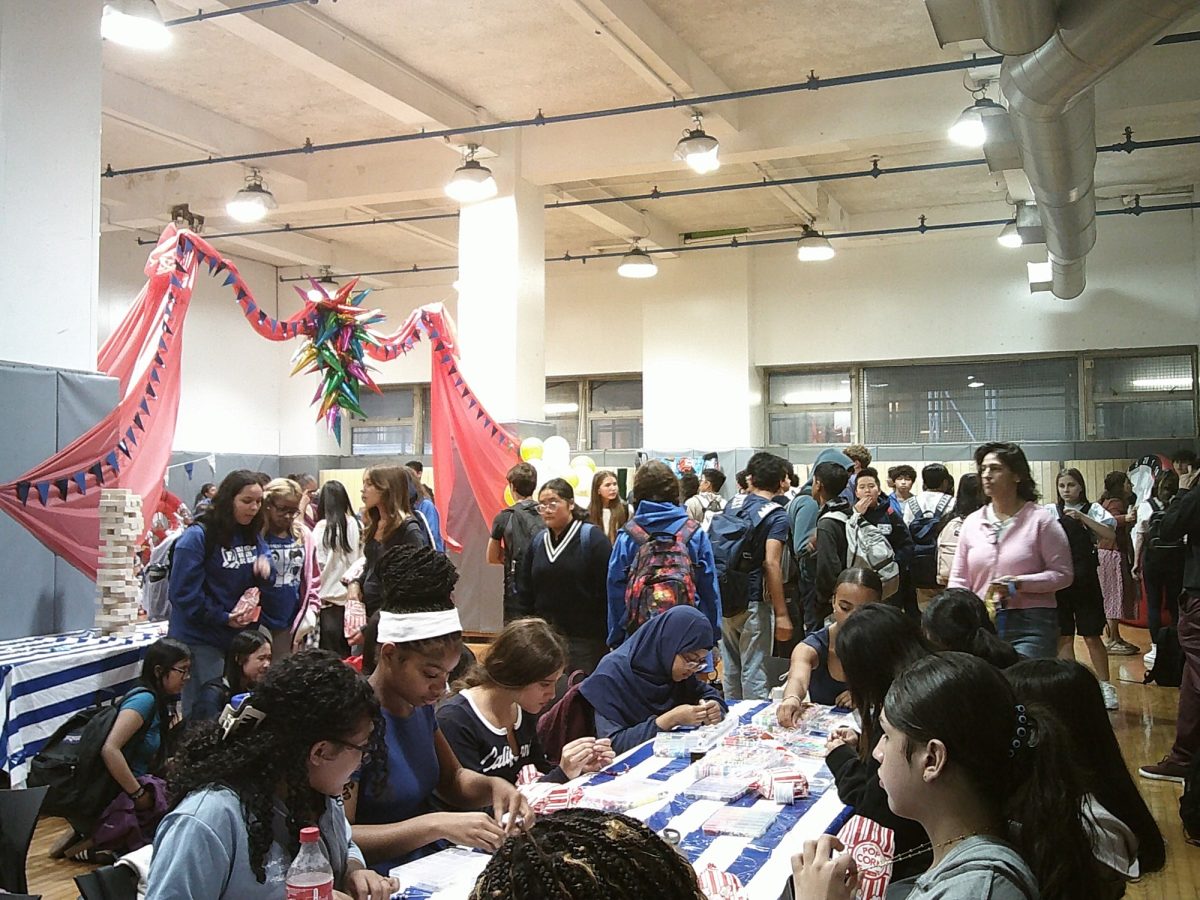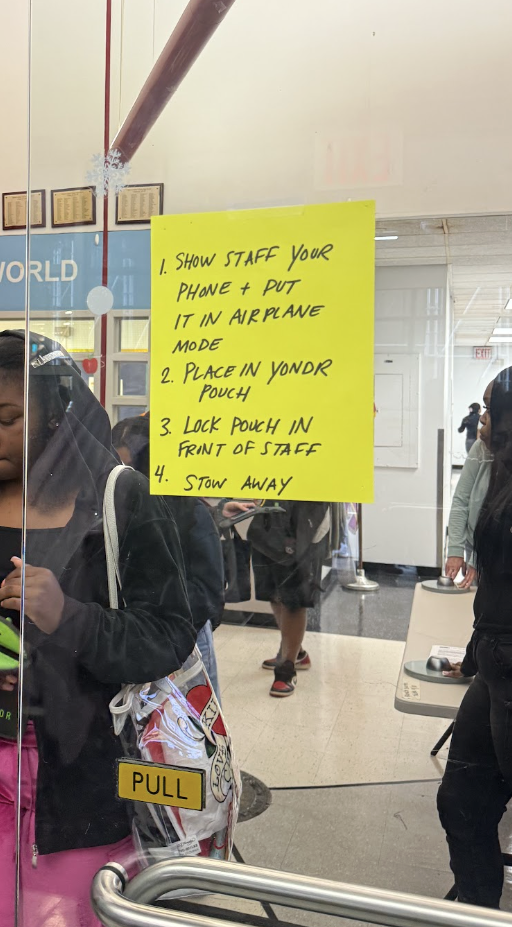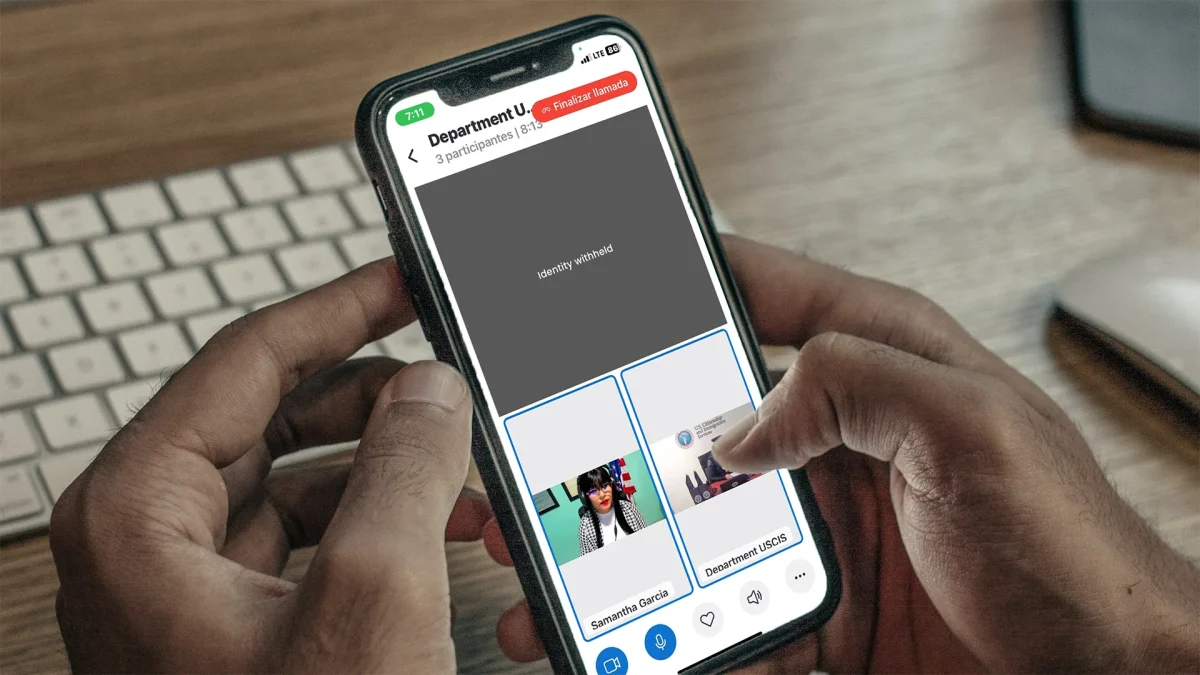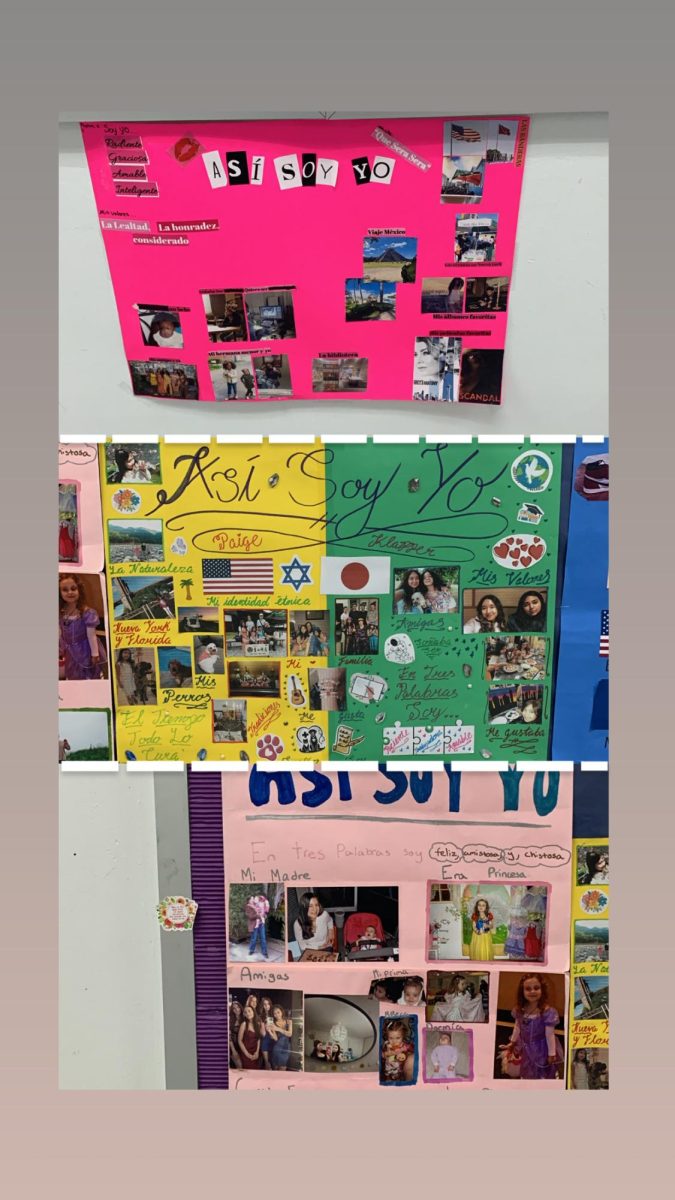Lack of Arts Programs in School: Where are Students Turning as an Outlet?
February 10, 2023
Elementary students are handed a recorder at the ripe age of eight and are told to play the infamous “Hot Cross Buns.” Or, they sit in an art class and paint self-portraits with wonky proportions and it’s called “abstract.” Unless you went on to join your middle school arts program or some other sort of creative activity outside of school, many Baruch students’ arts education pretty much ended there.
Schools emphasize the importance of the arts. But if we have limited access to the programs during the school day, where are students going as a creative outlet?
When asked to fill out a survey, only 38.5% of students said that they participate in some sort of artistic extracurricular activity. As someone who has been immersed in the arts, herself, these responses struck me as surprisingly low.
So what’s causing this? Do students just not know what opportunities are available for them? Or, does it all stem from the lack of exposure to the arts at an early age?
Could all be explained by the lack of time that students have to participate in things for their own enjoyment? Between balancing homework, family life, other extracurriculars, and maybe a job, there aren’t many hours left in the day to spend expressing yourself in a creative way.
Kaia Olsen, a senior at Baruch, has participated in a dance program since she was six years old and in recent years, has become more serious about this activity. Olsen continued to dance even throughout studying for the SAT and college application season– arguably the most stressful semesters of high school. When asked if she would have given up dance during these stressful times if Baruch had an arts program she said “having a creative outlet in school would be great but it might take students a while to get adjusted to it.” Olsen said, “dance is the one place where I feel like I can express my feelings without words, so it would be great to have that outlet to relieve stress in school.”
While students may feel the effects of the lack of a creative outlet, teachers are doing their best to offer students the opportunity to partake in these activities during class time. When asked how she works to give students an outlet for creativity, Rita Ross, a junior and senior English teacher, quoted Picasso in saying that “every child is an artist and we have to figure out ways to hold onto that artistic ability.”
Yes, students learn in different ways, so while one student’s dream assignment is taking notes on a textbook reading, others want to write a script or draw a picture to depict their thoughts. Ms. Ross said that she tries to “offer multiple approaches to an assignment to allow students to explore that creative side of their brain… offering students the freedom to approach an assignment however they want is important because they’ll end up doing the same kind of thinking but it encourages them to learn and think in the way that works best for them.”
Carolyn Castagna, a freshman and sophomore English teacher, has been administering a theater assignment for years. When I was a freshman, this meant writing a modern adaptation of an assigned scene from Romeo & Juliet. Now, the freshmen are delivering monologues written by Black playwrights. I remember first being assigned this project and dreading having to perform it; my feelings were not unique: Ms. Castagna said that “In the beginning kids always say ‘oh i’m so scared im so anxious to perform’ but by the end, most kids are either into it or at least okay with it.” She’s found that after performing their monologues or scenes “students definitely start to support each other more and they cheer each other on. The comradery really builds during this unit and it definitely carries over into other units.”
The arts offer students access to parts of their brain that can only be reached when thinking creatively; arts programs would lead students to think in different ways and bring new perspectives to class discussions. While many students may not have access to direct art programs such as a painting class or a band program, they can still partake in activities that, while they may not be as obviously creative, still give students the opportunity to foster their creative side.


